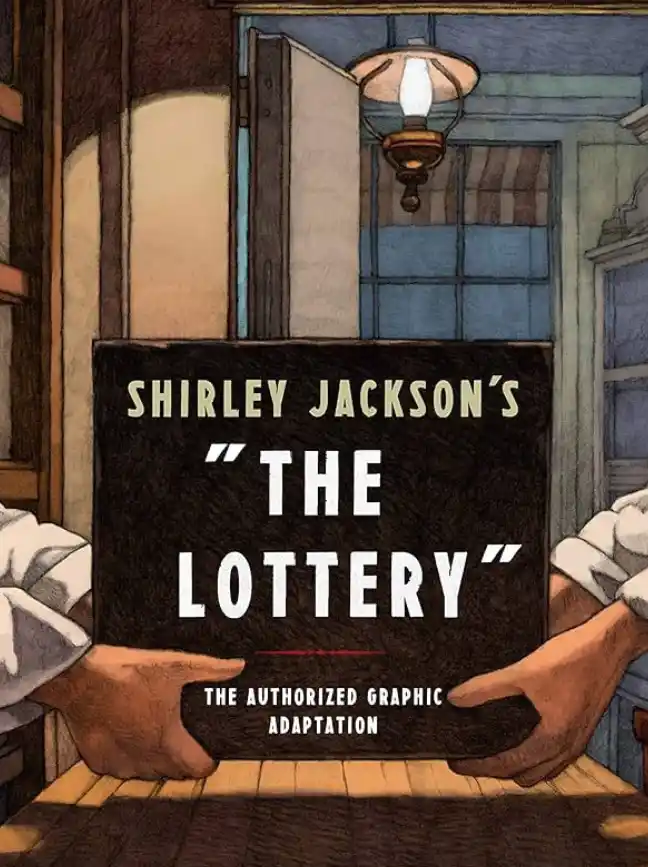STAGNATION OR SINGULARITY?
I
F EVEN THE MOST FARSIGHTED founders cannot plan beyond the next 20 to 30 years, is there anything to say about the very distant future? We don’t know anything specific, but we can make out the broad contours. Philosopher Nick Bostrom
describes four possible patterns for the future of humanity.
The ancients saw all of history as a neverending alternation between prosperity and ruin. Only recently have people dared to hope that we might permanently escape misfortune, and it’s still possible to wonder whether the stability we take for granted will last.
However, we usually suppress our doubts. Conventional wisdom seems to assume instead that the whole world will converge toward a plateau of development similar to the life of the richest countries today. In this scenario, the future will look a lot like the present.
Given the interconnected geography of the contemporary world and the unprecedented destructive power of modern weaponry, it’s hard not to ask whether a large-scale social disaster could be contained were it to occur. This is what fuels our fears of the third possible scenario: a collapse so devastating that we won’t survive it.
The last of the four possibilities is the hardest one to imagine: accelerating takeoff toward a much better future. The end result of such a breakthrough could take a number of forms, but any one of them would be so different from the present as to
defy description.
Which of the four will it be?
Recurrent collapse seems unlikely: the knowledge underlying civilization is so widespread today that complete annihilation would be more probable than a long period of darkness followed by recovery. However, in case of extinction, there is no human future of any kind to consider.
If we define the future as a time that looks different from the present, then most people aren’t expecting any future at all; instead, they expect coming decades to bring more globalization, convergence, and sameness. In this scenario, poorer countries will catch up to richer countries, and the world as a whole will reach an economic plateau. But even if a truly globalized plateau were possible, could it last? In the best case, economic competition would be more intense than ever before for every single person and firm on the planet.
However, when you add competition to consume scarce resources, it’s hard to see how a global plateau could last indefinitely. Without new technology to relieve competitive pressures, stagnation is likely to erupt into conflict. In case of conflict on a global scale, stagnation collapses into extinction.
That leaves the fourth scenario, in which we create new technology to make a much better future. The most dramatic version of this outcome is called the Singularity, an attempt to name the imagined result of new technologies so powerful as to transcend the current limits of our understanding. Ray Kurzweil, the best- known Singularitarian, starts from Moore’s law and traces exponential growth trends
in dozens of fields, confidently projecting a future of superhuman artificial intelligence. According to Kurzweil, “the Singularity is near,” it’s inevitable, and all we have to do is prepare ourselves to accept it.
But no matter how many trends can be traced, the future won’t happen on its own. What the Singularity would look like matters less than the stark choice we face today between the two most likely scenarios: nothing or something. It’s up to us. We cannot take for granted that the future will be better, and that means we need to work to create it today.
Whether we achieve the Singularity on a cosmic scale is perhaps less important than whether we seize the unique opportunities we have to do new things in our own working lives. Everything important to us—the universe, the planet, the country, your company, your life, and this very moment—is singular.
Our task today is to find singular ways to create the new things that will make the future not just different, but better—to go from 0 to 1. The essential first step is to think for yourself. Only by seeing our world anew, as fresh and strange as it was to the ancients who saw it first, can we both re-create it and preserve it for the future.
Acknowledgments
Jimmy Kaltreider for helping to think this book through.
Rob Morrow, Scott Nolan, and Michael Solana for co-creating the Stanford class from which we started.
Chris Parris-Lamb, Tina Constable, David Drake, Talia Krohn, and Jeremiah Hall for skillfully guiding us to publication.
Everyone at Thiel Capital, Founders Fund, Mithril, and the Thiel Foundation for working hard and smart.
Onward.
Illustration Credits
The illustrations in this book were drawn by Matt Buck, based on the following images:
8.1: Unabomber, Jeanne Boylan/FBI composite sketch 8.1: Hipster, Matt Buck
13.1: Brian Harrison, Business Wire
13.1: Elon Musk, Sebastian Blanco and Bloomberg/Getty Images 14.1: Richard Branson, Ethan Miller/Getty Images 14.2: Sean Parker, Aaron Fulkerson, flickr user Roebot, used under CC BY-SA 14.3: Elvis Presley, Michael Ochs Archives/Getty Images 14.3: Michael Jackson, Frank Edwards/Getty Images
-
- : Britney Spears, Kevin Mazur Archive 1/WireImage 14.4: Elvis Presley,
Tom Wargacki/WireImage
- : Michael Jackson, David LEFRANC/Gamma-Rapho via Getty Images
14.4: Britney Spears, New York Daily News Archive via Getty Images
- : Janis Joplin, Albert B. Grossman and David Gahr/Getty Images
- : Britney Spears, Kevin Mazur Archive 1/WireImage 14.4: Elvis Presley,
-
- : Jim Morrison, Elektra Records and CBS via Getty Images 14.5: Kurt Cobain, Frank Micelotta/Stringer/Getty Images 14.5: Amy Winehouse, flickr user teakwood, used under CC BY-SA 14.6: Howard Hughes, Bettmann/CORBIS
- : magazine cover, TIME, a division of Time Inc.
- : Bill Gates, Doug Wilson/CORBIS
-
- : magazine cover, Newsweek
- : Steve Jobs, 1984, Norman Seeff
-
- : Steve Jobs, 2004, Contour by Getty Images







